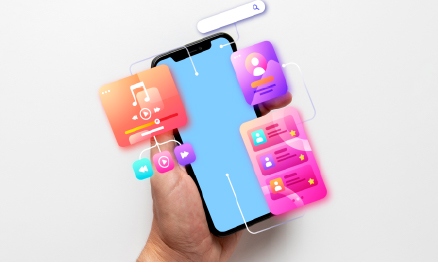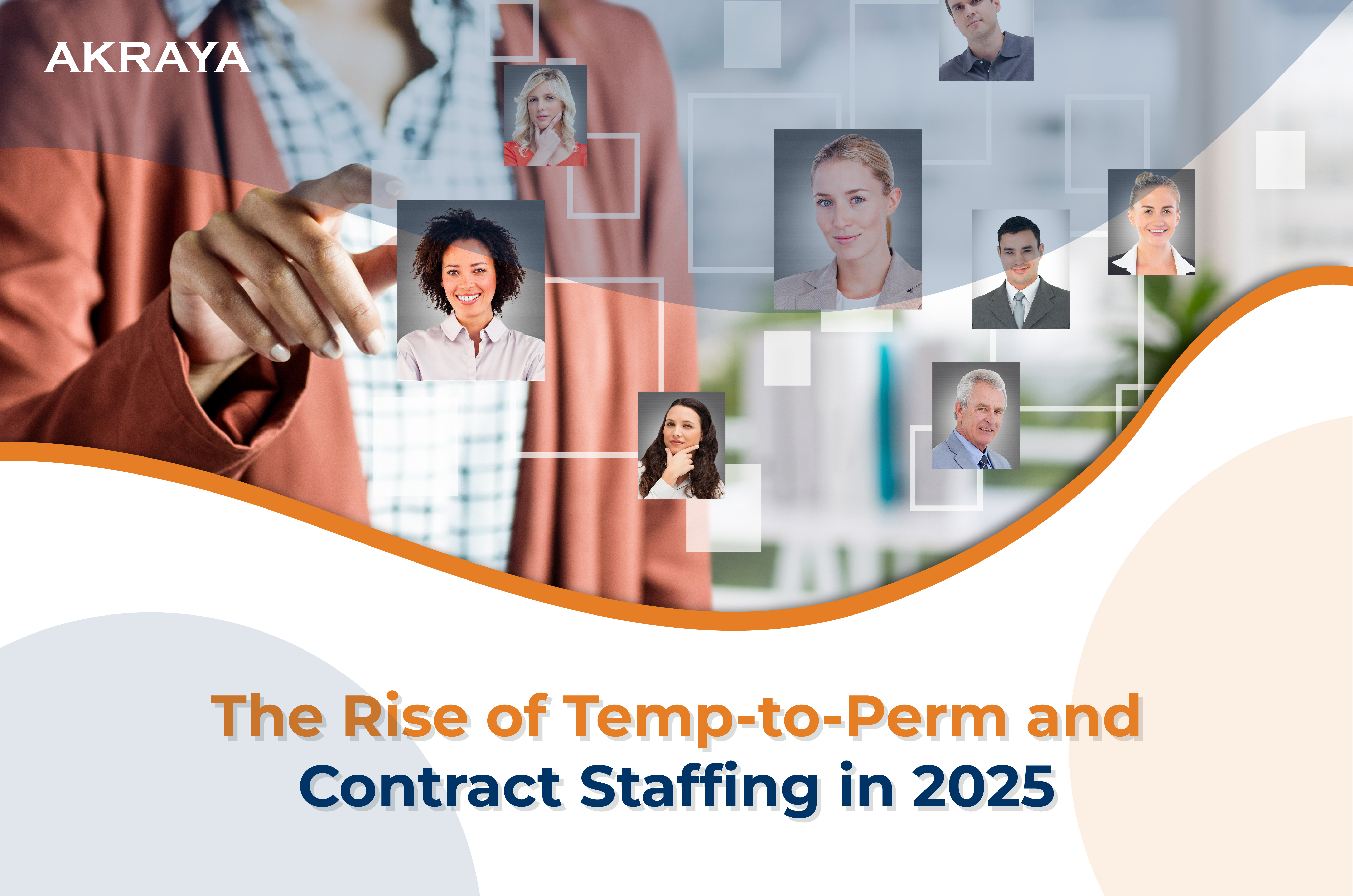2026 Trends: The Future of Talent and Workforce Solutions
2026 Trends: The Future of Talent and Workforce Solutions 2026 marks a real turning point for how we work. Talent markets are tight, skills needs are...
3 min read
Rinki Yumnam : November 11, 2025

The workforce has entered a new era of flexibility. Companies are scaling teams faster than ever, while professionals want freedom, growth, and stability on their terms. The middle ground between both worlds?
The flexible-to-permanent staffing model, where organizations bring in contract talent first, assess fit, and then decide whether to convert them into full-time employees.
But timing is everything. Convert too soon, and you risk commitment before clarity. Wait too long, and you might lose great talent to another offer. So how do you make that call strategically, not emotionally?
Let’s break it down.
The traditional path of “hire, onboard, and hope for the best” is losing relevance. With evolving business cycles and hybrid work setups, organizations now rely heavily on contract and project-based talent to stay agile.
This shift is not just about cost savings. It’s about risk management and performance validation. Contract-to-hire models allow employers to evaluate a candidate’s technical skills, adaptability, and team fit before making a permanent offer. At the same time, professionals get a chance to experience company culture and growth potential firsthand.
In 2025, this model is not a backup plan. It’s a strategic hiring pathway that blends flexibility with long-term talent retention.
When to Convert: Reading the Data Behind the Decision
Most organizations rely on intuition when deciding to convert a contractor to full-time. That approach is outdated. Instead, companies are now turning to data-driven decision-making, using metrics to determine when a conversion makes sense.
Here are some of the most critical indicators:
Performance consistency: Has the contractor maintained high output over at least two or more project cycles?
Team integration: Do peers and managers’ report collaboration, ownership, and alignment with company values?
Business impact: Has the individual contributed measurable results, such as process improvements, cost savings, or client satisfaction?
Talent availability: Is there high demand for this skill set in the market, increasing the risk of attrition if not converted?
When data shows strong performance and cultural alignment, delaying a conversion can cost you more than a permanent salary ever would.
The Employer’s Advantage
For employers, flexible-to-permanent staffing reduces the financial and operational risk tied to bad hires. Instead of committing to a full-time employee upfront, you can validate ROI before making it official.
Beyond that, this approach helps you stay agile during uncertain market conditions. Whether scaling up for a new product launch or downsizing after a project, flexible staffing gives you room to manoeuvre.
And once you identify your top performers, converting them to full-time ensures you retain the institutional knowledge and project expertise that temporary contracts usually lose.
The Candidate’s Perspective
For candidates, contract roles are no longer a temporary fix, they’re a strategic career move. They offer an inside look at company culture, leadership style, and growth opportunities before making a commitment.
But the key is transparency. Professionals want clarity on expectations, conversion timelines, and evaluation metrics. A strong staffing partner bridges that gap by keeping both sides aligned.
Best Practices for a Smooth Conversion Process
To make flexible-to-permanent staffing successful, both employers and staffing partners need to align on a few best practices:
Define clear conversion criteria. Outline what success looks like from day one, performance goals, project milestones, and team feedback loops.
Communicate openly. Regular check-ins prevent assumptions and build trust between employers and talent.
Use data to guide timing. Let performance analytics and business impact determine when it’s time to convert, not convenience.
Simplify the conversion process. Remove unnecessary bureaucracy that slows down decision-making and causes candidate drop-offs.
These steps turn flexible staffing into a predictable, performance-based pipeline for permanent hires.
As technology, AI tools, and flexible models reshape the workplace, the line between contract and full-time employment will blur even further. The most forward-thinking companies will use flexible-to-permanent staffing not just to fill gaps, but to strategically test, train, and transition their next generation of full-time employees.
In other words, the future of hiring isn’t about permanent or temporary talent, it’s about smart conversions powered by data, relationships, and timing.
Flexible-to-permanent staffing gives both employers and professionals a low-risk, high-return path to long-term success. When done right, it transforms hiring from guesswork into a strategy that adapts to business needs and market realities.
At Akraya, we help organizations build flexible, scalable staffing models that bridge short-term needs and long-term growth. Whether you’re looking to convert top contractors to full-time roles or design a workforce model that evolves with your business, our experts can guide the way.
Explore how our Staffing Solutions and Workforce Management Services can help you build a data-driven, future-ready hiring strategy. Reach out to us today.

Akraya transformed application infrastructure into a $900M+ revenue accelerator, enabling scalable growth and future-proofing against next-gen demands.

Akraya’s talent-on-demand strategy transformed merchandising into a predictive revenue engine, driving $8.4B in new sales and enabling the most responsive omnichannel system in the industry.

2026 Trends: The Future of Talent and Workforce Solutions 2026 marks a real turning point for how we work. Talent markets are tight, skills needs are...

The Rise of Temp-to-Perm and Contract Staffing in 2025 The world of work is no longer built on permanence. In 2025, success belongs to agile...

Top Skills Hiring Managers Demand in Tech Staffing and MSPs in 2025 The New Tech Skills Imperative